 Joseph Bocage
Joseph Bocage
County: Jefferson
 Joseph Bocage
Joseph Bocage
Bocage, Joseph William
Boone-Murphy-Moore House
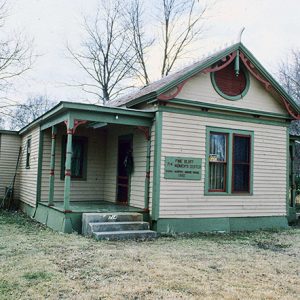 Boone-Murphy-Moore House
Boone-Murphy-Moore House
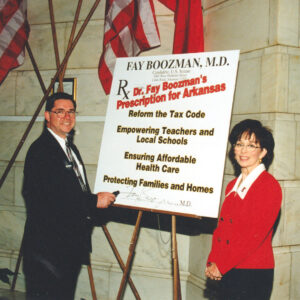 Boozman Campaigning
Boozman Campaigning
Bowen, William Harvey
Bowman, Malcolm Cleaburne
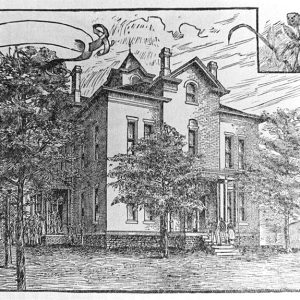 Branch Normal College
Branch Normal College
Branch, Jesse Oliver
Branton v. State
Branton, Wiley Austin, Sr.
 Clifton R. Breckinridge
Clifton R. Breckinridge
Breckinridge, Clifton Rodes
Broonzy, “Big Bill”
aka: William Conley Lee Broonzy
 "Big Bill" Broonzy
"Big Bill" Broonzy
Brown, Fountain
Brown, Maxine
Brown, Whit (Execution of)
Browns, The
Butler, Bobby “El Charro Negro”
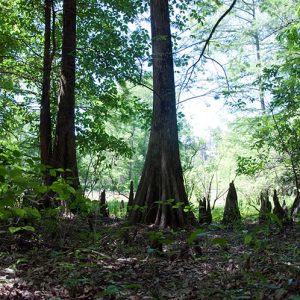 Byrd Lake Natural Area
Byrd Lake Natural Area
Caldwell, Creed Sr.
Camp Lee
Camp White Sulphur Springs Confederate Cemetery
 Camp White Sulphur Springs Confederate Cemetery
Camp White Sulphur Springs Confederate Cemetery
 Camp White Sulphur Springs Confederate Cemetery
Camp White Sulphur Springs Confederate Cemetery
Carr, Bill
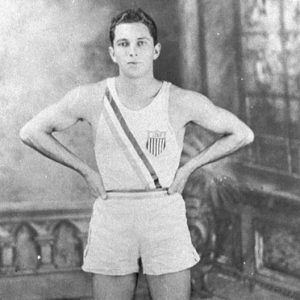 William Carr
William Carr
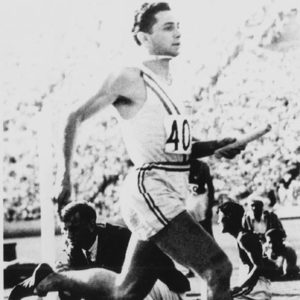 William Carr
William Carr
Carroll, David Williamson
Carroll, Joe Barry
Castoro, Laura Parker
Clarke, Faye
Clayton, John Middleton
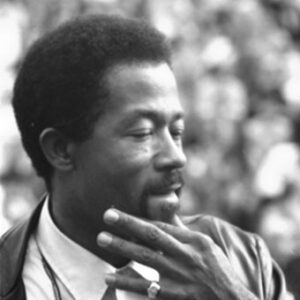 Eldridge Cleaver
Eldridge Cleaver
Cleaver, Leroy Eldridge
Clegg, Moses Tran
Coggs, Granville Coleridge
Cole, Kevin Earlee
Colored Industrial Institute
 Colored Industrial Institute Students
Colored Industrial Institute Students
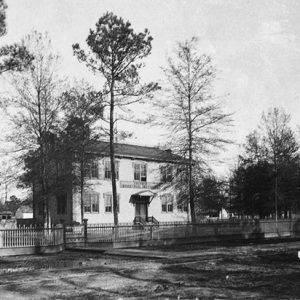 Colored Industrial Institute
Colored Industrial Institute
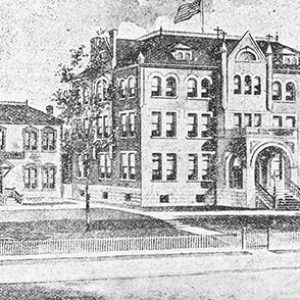 Colored Industrial Institute
Colored Industrial Institute
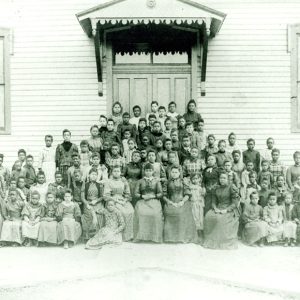 Colored Industrial Institute
Colored Industrial Institute
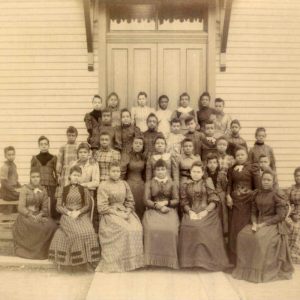 Colored Industrial Institute Students
Colored Industrial Institute Students
Community Theatre
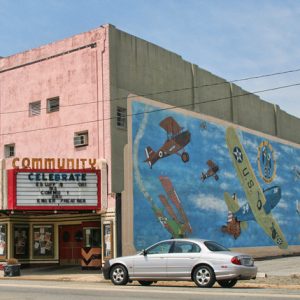 Community Theatre
Community Theatre
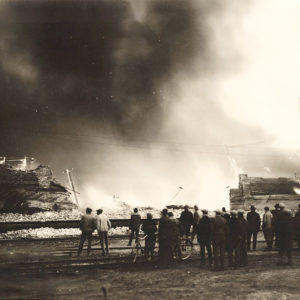 Compress Fire
Compress Fire
 Joseph Corbin
Joseph Corbin




